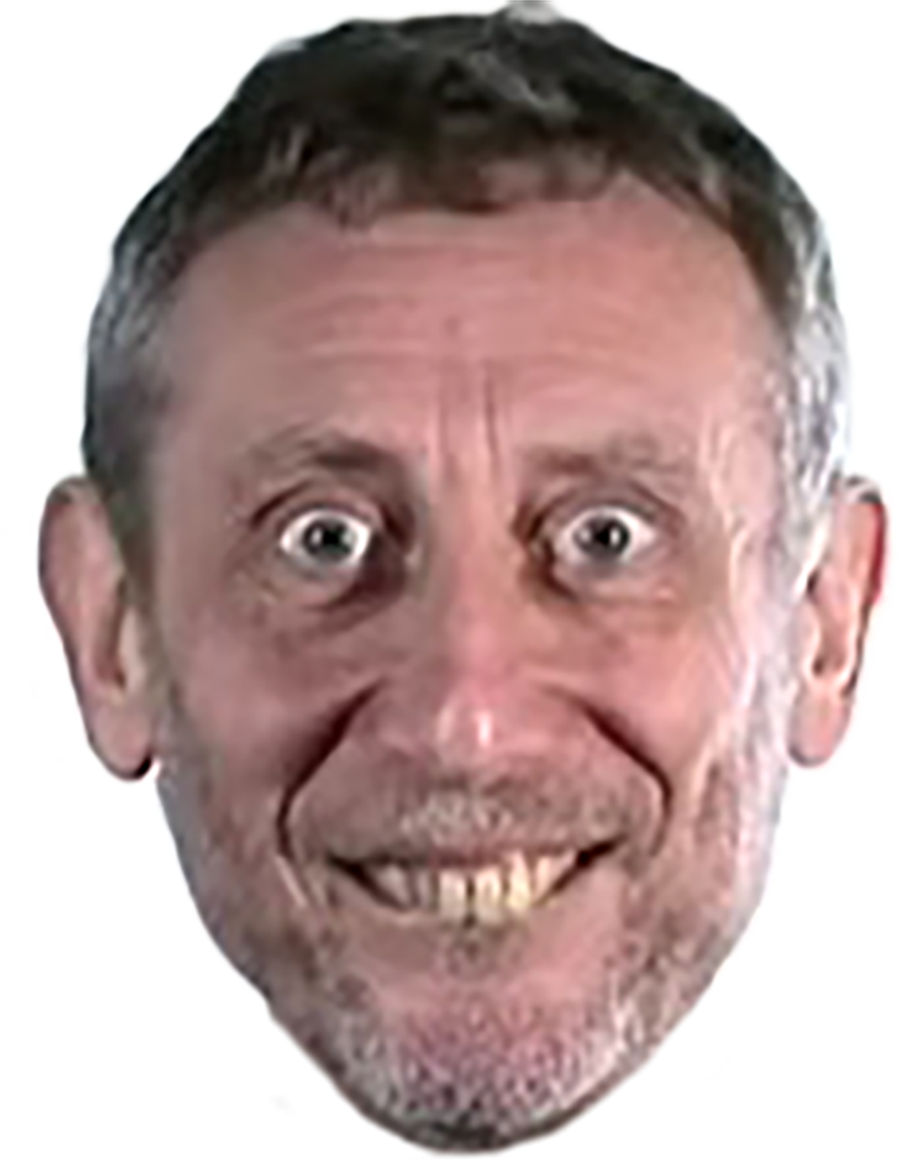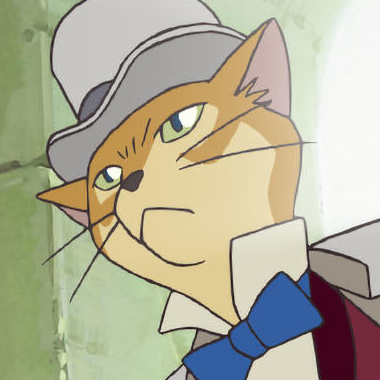🌍👨🚀🔫👨🚀
Always has been.
We’re definitely lightyears away from that cursed era of building layouts with float.
Naah.
Finally there’s a way to have gradients that don’t look like shit.
Defining them to interpolate in a suitable color space instead of the completely inappropriate sRGB is great!
This new OKLCH color space looks really nice to use. It’s surprising that it’s really human readable, I wouldn’t have guessed that you could do it for random colors.
I’m a bit surprised. Why does OKLAB gradiant looks better than OKLCH?
They can both model any color equally well, it’s just oklch works even closer to how we perceive colors changing. LAB and all derivatives are in Cartesian space, with luminance, a, and b being the defining axises. Luminance is self explanatory, but a and b are just axises of how much red/green and blue/yellow there is. It can be difficult to think of a color in how much blue it is, for example, when the color is something like nearly pure red. They both affect the hue output, so varying one can create strange, unintuitive colors
LCH works in polar space, like a color wheel. L is still luminance, c is the “colorfulness” and h is the hue. H and C let you set the same values a and b would, but in a more human way. We’re used to thinking about colors changing independent of how much of a color there is, and that’s what LCH does. Vary only the h and you get very different colors. Vary only the c and you get the same color but in different amounts of saturation, from full color to no color
It didn’t change
Would encoding images in oklch before compressing them using jppeg or whatever is used for video compression helps to have much better dark while still keeping current compression ratio?
No. You’d use something like rev.2020 or some other wide gamut color space. Jxr already supports this, and some programs, like the Xbox, take hdr screenshots as jxr





